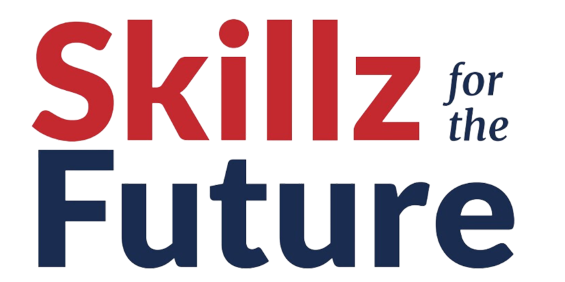Design thinking is a powerful, iterative process that involves reframing challenges, understanding people, testing prototypes, and developing innovative solutions. Originally rooted in the work processes of designers, this method is now widely applied across various fields to tackle complex problems with a human-centred approach. Major companies like Apple, Google, and Airbnb have successfully used design thinking to drive innovation, making it a valuable tool for solving poorly defined or ambiguous challenges.
Why Design Thinking?
Design thinking offers a fresh perspective on problem-solving. It democratises the creative process, allowing even those without formal design training to contribute meaningfully. The benefits of design thinking are numerous:
• Deeper User Understanding: By focusing on the needs of the end-users, especially their unmet needs, design thinking ensures solutions are more relevant and impactful. • Reduced Risk: Prototyping and testing solutions early in the process help identify potential issues, lowering the risk when launching new products or services.
• Revolutionary Solutions: Instead of merely improving existing ideas, design thinking encourages the creation of groundbreaking solutions.
• Enhanced Collaboration: The process fosters better collaboration across teams, combining diverse perspectives to generate holistic solutions.
The Core Elements of Design Thinking
Design thinking is built on three key components:
1. Desirability: What do people want? What makes sense for them?
2. Viability: What is economically feasible as part of a sustainable business strategy? 3. Feasibility: What is technically possible with current technology?
The intersection of these three elements is where innovation thrives. When all three align, you’re in the “sweet spot” of problem-solving.
The Five Steps of Design Thinking
The design thinking process consists of five steps:
1. Empathise: Understand your users’ needs, not just on a logical level but with deep empathy. Put yourself in their shoes, challenge your assumptions, and observe the world from their perspective. Engaging directly with users through interviews or focus groups is crucial to gain genuine insights.
2. Define: After gathering information, define the core problem your users face. Keep your users at the forefront during this phase to ensure the process remains human-centred. Analytical skills are vital here to sift through the data and identify the true issue.
3. Ideate: With a clear understanding of the problem, brainstorm creative solutions. Encourage out-of-the-box thinking and continually challenge your ideas. Keep pushing the boundaries until you find a truly innovative solution.
4. Prototype: Begin experimenting with models or prototypes of your ideas. This stage is about exploration—your prototypes can be simple and may only address part of the problem. The goal is to see how your ideas work in the real world.
5. Test: Once you have prototypes, it’s time to test them with real users. This step will reveal new insights, prompting you to revisit earlier phases if necessary. Iteration is key; refining your solutions based on user feedback leads to more effective outcomes.
An Iterative, Flexible Process
It’s important to note that design thinking is neither linear nor circular—it’s iterative. You might move back and forth between the phases, skipping steps as needed, depending on the problem at hand. Flexibility is crucial; the process adapts to the unique needs of each challenge.
A Method for Everyone
The most important takeaway is that design thinking isn’t just for designers. Coined by Don Norman, the term emphasises that anyone can approach problem-solving like a designer. By combining logical analysis with empathetic inquiry, design thinking encourages innovation across all levels of an organisation. Integrating this mindset can lead to significant benefits for your company, your team, and most importantly, your users.
